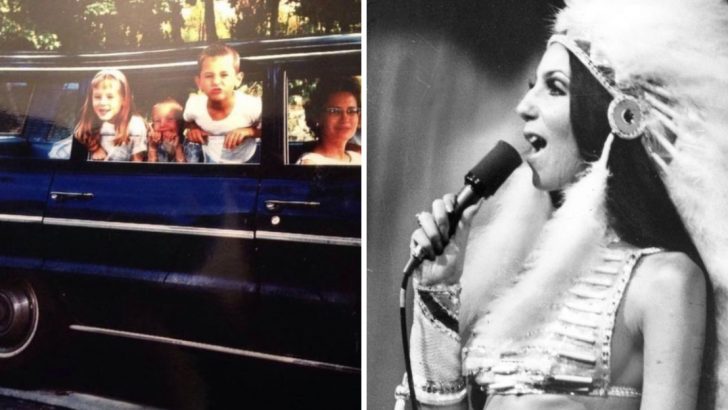The 1960s were a time of transformation, rebellion, and change. However, while the era is often remembered fondly for its music, fashion, and social upheaval, some everyday practices from the ’60s would raise eyebrows today. In this blog post, we’ll explore 14 such practices that were commonplace back then but would be considered controversial now. From the way people traveled, communicated, and even relaxed, the ’60s were a world apart from today’s standards. Whether you lived through the decade or simply enjoy reminiscing about the “good old days,” this list will surely spark some nostalgia and perhaps surprise.
1. Smoking in Public Spaces

In the 1960s, smoking was a widespread habit, and it was common to see people lighting up in public spaces like restaurants, offices, and even airplanes. This was long before the health risks were fully acknowledged. The sight of someone puffing away while sitting at a diner table or working in an office was as ordinary as having a cup of coffee. **Nowadays**, strict anti-smoking laws make this practice rare, emphasizing the importance of public health. The cultural shift towards cleaner air and healthier lifestyles has deemed smoking indoors unacceptable.
2. No Seat Belts in Cars

Back in the ’60s, many cars did not come equipped with seat belts, and those that did often had them as optional features that few used. The idea of buckling up was not a part of the driving culture, leading to a higher risk of injury in accidents. Parents would often hold babies on their laps, and children roamed freely in the back seats. **Today’s** focus on safety has made seat belts mandatory, a shift that has significantly saved lives. This change reflects a broader commitment to road safety and responsibility.
3. Casual Workplace Attire
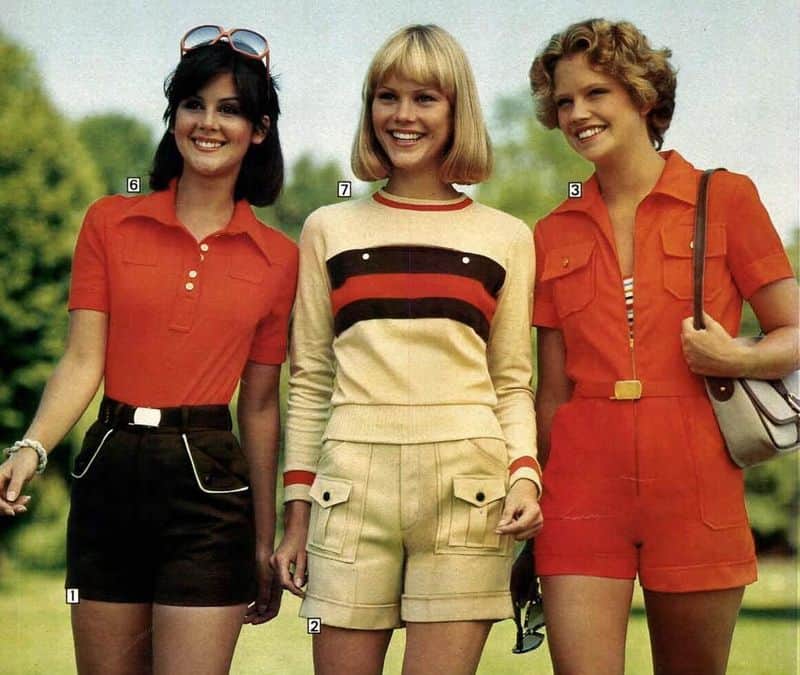
In the ’60s, workplace attire was formal, and casual Fridays were unheard of. Men wore suits, ties, and polished shoes, while women donned dresses or skirts. The workplace was a realm of strict dress codes, reflecting the era’s conservative professional standards. **Today’s** offices often embrace a more relaxed dress code, reflecting a shift towards individuality and comfort. The evolution from rigid attire to business casual symbolizes a more modern and flexible work environment, valuing personal expression over conformity.
4. Gender-Specific Job Roles
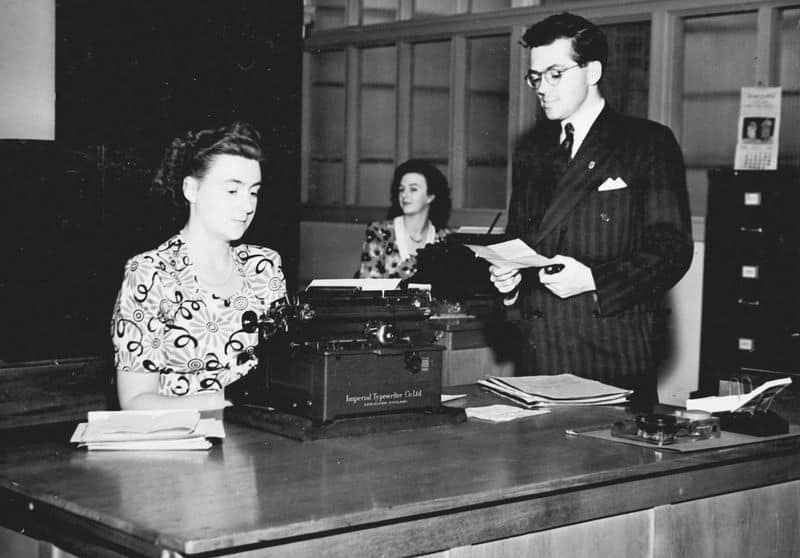
During the 1960s, job roles were often heavily gendered. Women were commonly found in roles such as secretaries, nurses, or teachers, while men dominated fields like engineering, law, and business. This strict division limited opportunities and reinforced stereotypes. **Nowadays**, there’s a strong emphasis on gender equality and breaking down barriers in the workplace. The shift towards more inclusive and diverse environments has challenged these outdated norms, fostering an era of empowerment and equal opportunities for all genders.
5. Child Discipline Methods
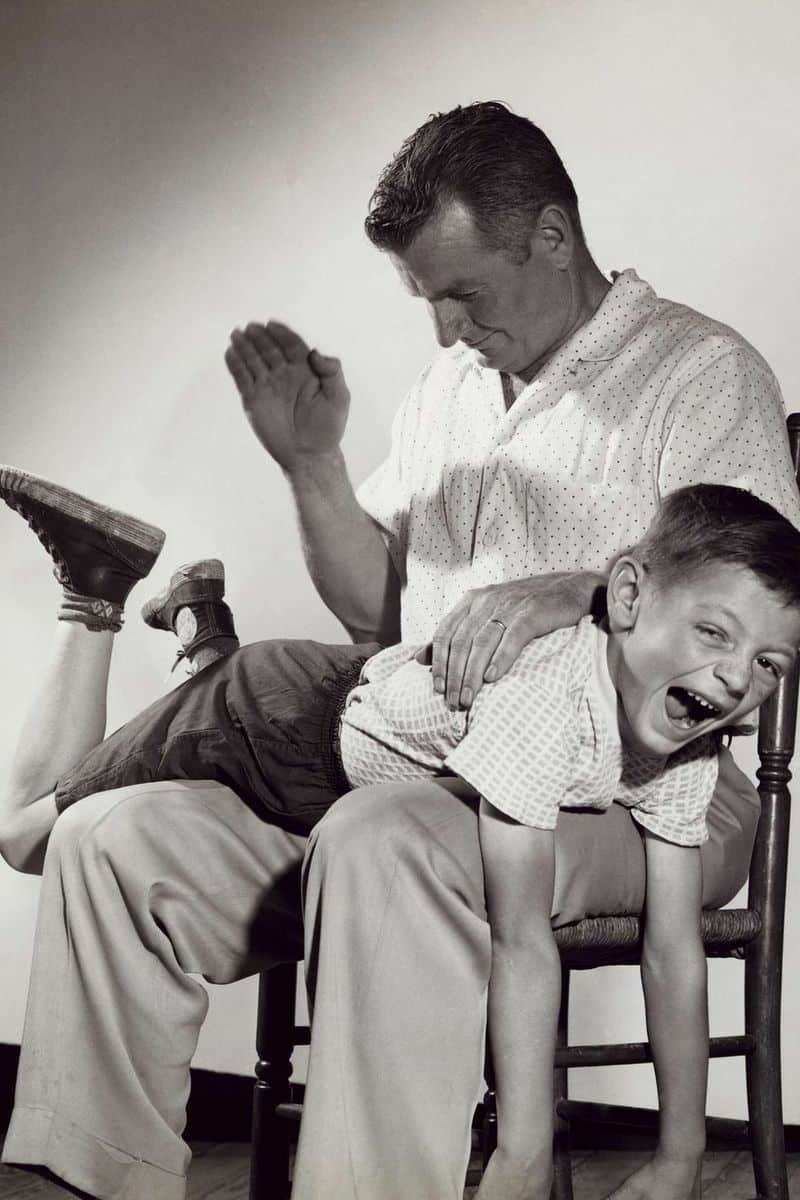
In the ’60s, physical punishment was a common method of disciplining children. Parents and educators often used tools like wooden spoons or belts to enforce rules and maintain control. This approach, seen as normal at the time, aimed to instill respect and obedience. **Today**, such methods are widely discouraged, with a focus on positive reinforcement and understanding. Modern parenting emphasizes communication, empathy, and teaching rather than punishment, reflecting a significant cultural shift in the approach to child-rearing.
6. Limited Environmental Awareness

Environmental awareness was not a priority in the 1960s. Industrial growth and automobile usage led to significant pollution, with little regard for air quality or ecological impact. The idea of recycling or conserving resources was not widespread. **Today**, the focus on sustainability and environmental protection has become paramount. Laws and movements advocating for cleaner energy, recycling, and conservation efforts reflect a heightened global consciousness. This shift signifies society’s increased responsibility towards preserving the planet for future generations.
7. Television as Family Time
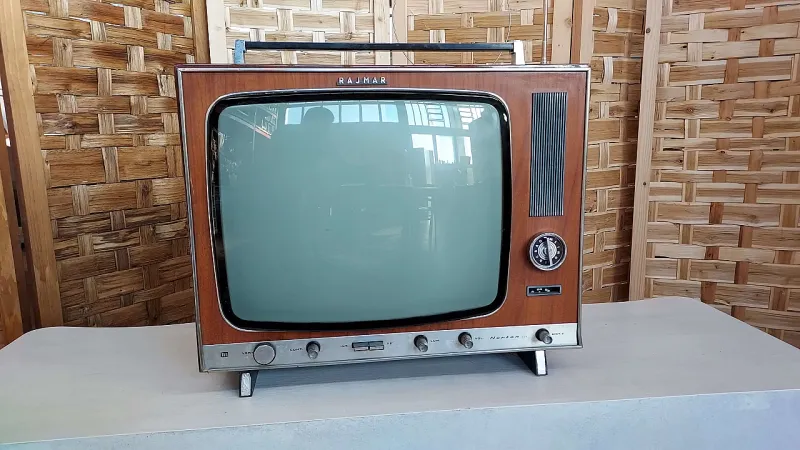
The television was a central part of family life in the ’60s, often considered a gathering point for family time. Watching TV together after dinner was a common ritual, with limited channels offering family-friendly programming. **In contrast**, today’s diverse media landscape offers endless content, often leading to individualized viewing experiences. The shift from collective family viewing to personal screens reflects broader societal changes in how we consume entertainment, emphasizing personal choice and on-demand content.
8. Doctor’s Advice on Smoking

In the 1960s, it was not uncommon for doctors to endorse cigarette brands, appearing in advertisements that suggested smoking was safe or even beneficial. This endorsement added a veneer of credibility to tobacco products, despite emerging health concerns. **Today’s** medical community strongly warns against smoking, and such endorsements would be unthinkable. The drastic change in medical advice underscores a major shift in understanding health risks and prioritizing public health over commercial interests.
9. Cultural Appropriation
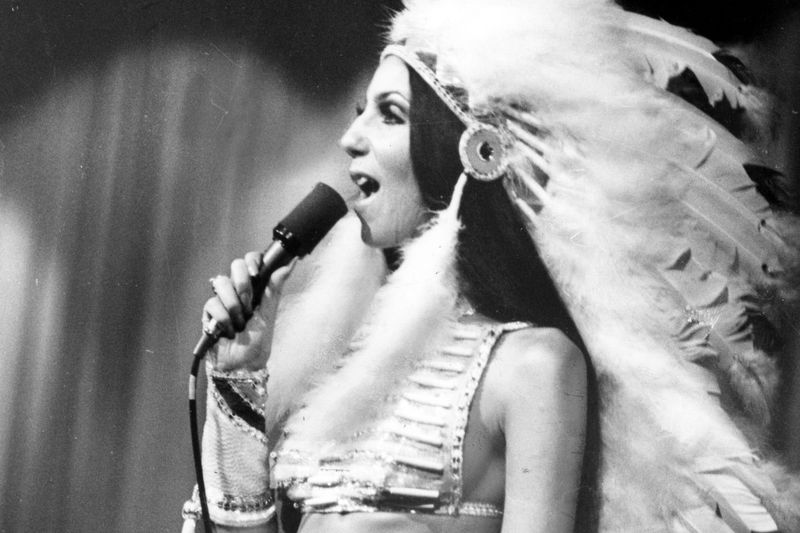
Fashion and entertainment in the ’60s often borrowed elements from other cultures without understanding or respecting their origins. This practice was largely unchallenged, as the concept of cultural appropriation was not widely recognized. **Today**, there’s increased awareness and sensitivity towards the respectful representation of cultures. The conversation about cultural appropriation highlights the importance of acknowledging and valuing diverse cultural contributions, reflecting a more inclusive and respectful global community.
10. Lack of Digital Communication

Communication in the ’60s relied heavily on face-to-face interactions, landline telephones, and handwritten letters. The absence of digital communication meant that news traveled slowly, and staying in touch required more effort and patience. **Today’s** instant messaging, emails, and video calls have revolutionized how we connect, making communication faster and more convenient. The technological advancements reflect a significant leap from the past, enabling a more connected and efficient world.
11. Unregulated Advertising
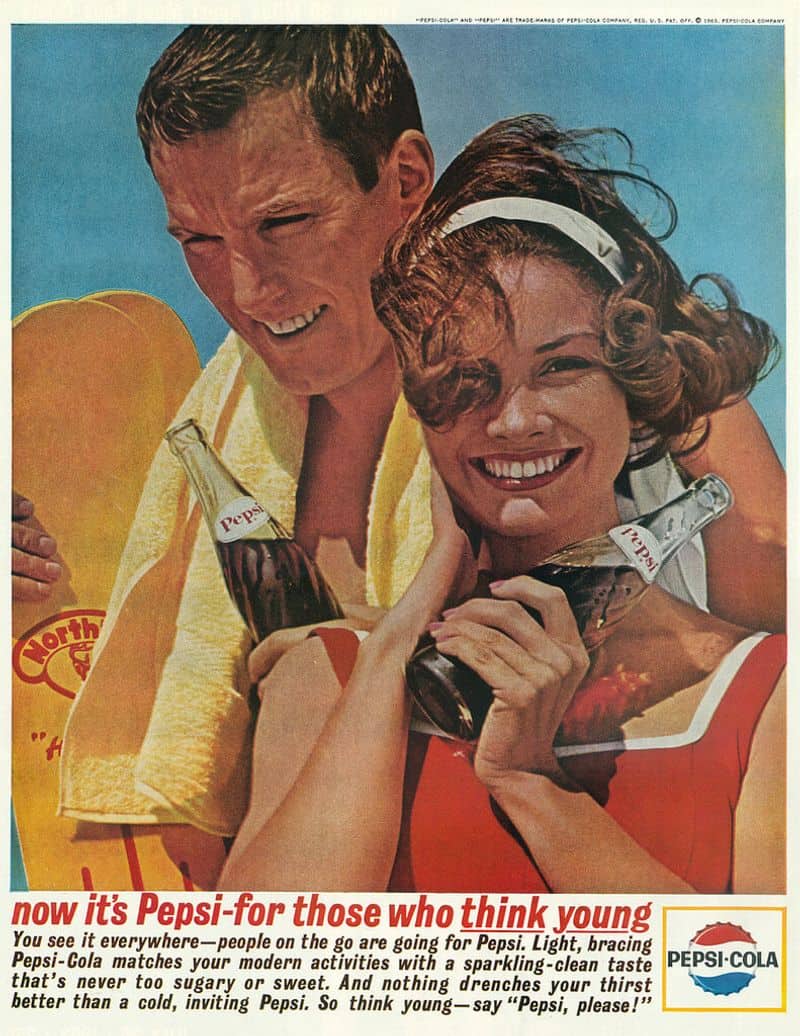
Advertising in the 1960s was often unregulated, with commercials making exaggerated or misleading claims about products. This era saw the rise of catchy jingles and persuasive tactics to entice consumers. **Today**, regulations ensure that advertisements must be truthful and not deceptive. The evolution of advertising standards reflects a growing commitment to consumer protection and ethical marketing, ensuring that consumers receive accurate information.
12. Traditional Gender Roles at Home

The ’60s upheld traditional gender roles, particularly within the home. Women were often expected to manage household duties and care for children, while men were seen as breadwinners. This division of labor was rarely questioned, reinforcing societal norms. **Modern** perspectives advocate for shared responsibilities and equality in domestic roles. The shift towards balancing work and home duties reflects a broader acceptance of diverse family dynamics and gender equality.
13. Segregation in Public Spaces

Racial segregation was a harsh reality in many parts of the world during the 1960s, especially in public spaces like schools, restaurants, and transportation. This practice was legally sanctioned and socially accepted in some regions. **Today**, the fight for civil rights has led to significant progress in breaking down these barriers. The move towards integration and equality highlights a profound cultural and legal transformation, reinforcing the importance of inclusion and justice.
14. Simplistic Views on Mental Health
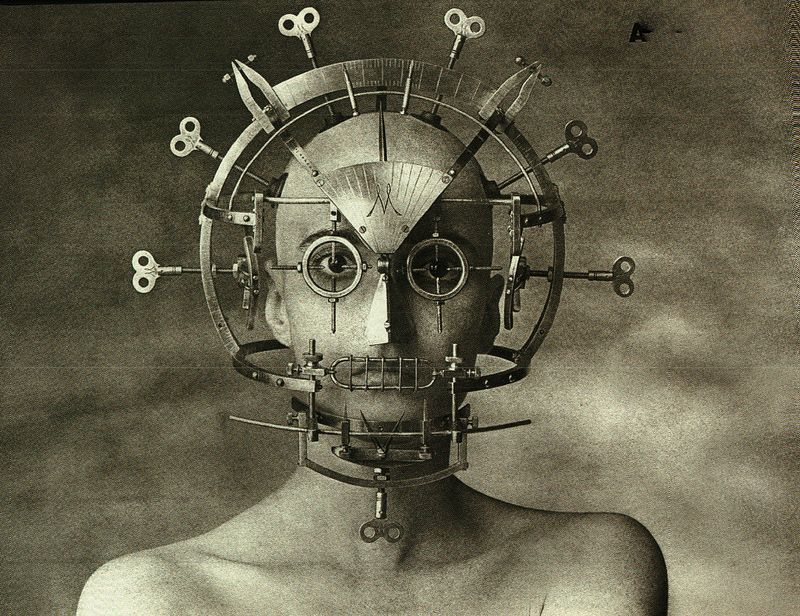
During the 1960s, mental health was often misunderstood, with simplistic and sometimes stigmatizing views prevailing. Treatments were limited, and those suffering from mental illnesses faced judgment and isolation. **Today**, there’s greater awareness and acceptance of mental health issues, with comprehensive treatments and support systems in place. The evolution in understanding mental health reflects a more empathetic and informed approach, fostering a society that values well-being and support for all individuals.

Well, hello there!
My name is Jennifer. Besides being an orthodontist, I am a mother to 3 playful boys. In this motherhood journey, I can say I will never know everything. That’s why I always strive to read a lot, and that’s why I started writing about all the smithereens I came across so that you can have everything in one place! Enjoy and stay positive; you’ve got this!

